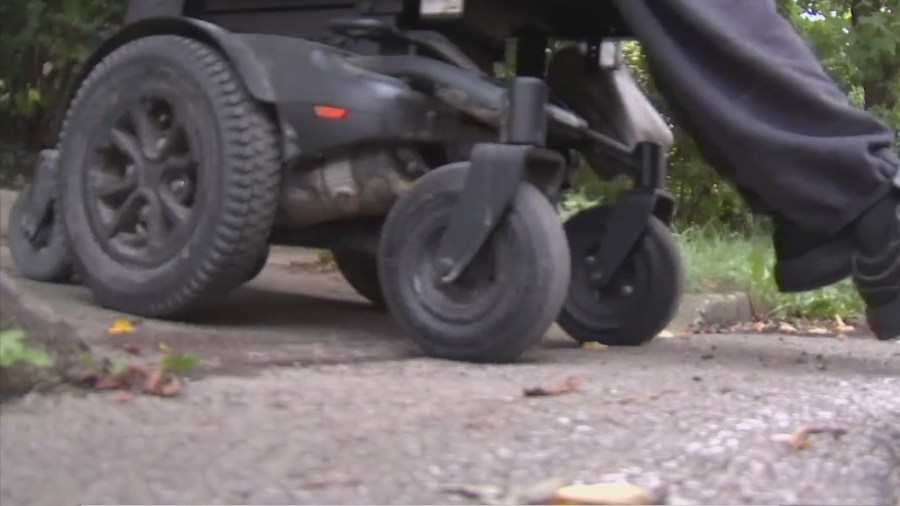Columbus Addresses ADA Compliance for Curb Ramps
In Columbus, Ohio, efforts are underway to ensure that curb ramps meet the standards set by the Americans With Disabilities Act (ADA). While many of these ramps are already compliant, there are still areas that require attention. The city has initiated the 2025 ADA Curb Ramp Project, which aims to address these issues and improve accessibility across the community.
The project includes work on 239 curb ramps located at approximately 70 intersections throughout the city. One of the key locations targeted is the intersection of Dennison Avenue and West Sixth Avenue in the University District. This area has been identified as needing improvements to meet ADA guidelines.
Residents like Chuck Fairbanks, who has lived in the area for decades and has used a wheelchair since the late 1970s, have observed the changes over time. He acknowledges the progress made by the city but notes that there are still a few areas where curb cuts do not meet current standards. “I can only think of two or three places where there’s not a cut where there should be,” he said.
Curb ramps must adhere to specific requirements, including a certain width and slope. Additionally, they need to include what the Columbus Department of Public Service (DPS) refers to as detectable warnings. These are typically red mats with bumps arranged in a grid-like pattern, designed to alert individuals using mobility aids to the presence of a ramp. However, several locations in Fairbanks’ neighborhood lack these features.
According to James Young, deputy director of DPS, the city has about 56,000 curb ramps. While this number may seem large, many of them are already compliant with ADA standards. The department is focused on making gradual improvements to the system. “We are making gradual increases and improvements in the system,” Young said.
The 2025 project is expected to cost around $1.2 million. Young emphasized the importance of ensuring that residents can navigate their neighborhoods easily. “A lot of times when we’re going through, it’s literally how do you get to places you need to be, and having that ramp in there makes it just easier to access your neighborhood,” he explained.
Work on this year’s project is anticipated to begin in the fall, according to the Department of Public Service. The decision on which areas to prioritize is based on various factors, including 311 service requests and observations from city employees.
Improving curb ramp accessibility is a critical step in creating an inclusive environment for all residents. By addressing these issues, Columbus is taking meaningful steps toward ensuring that everyone can move freely and safely through the city.







